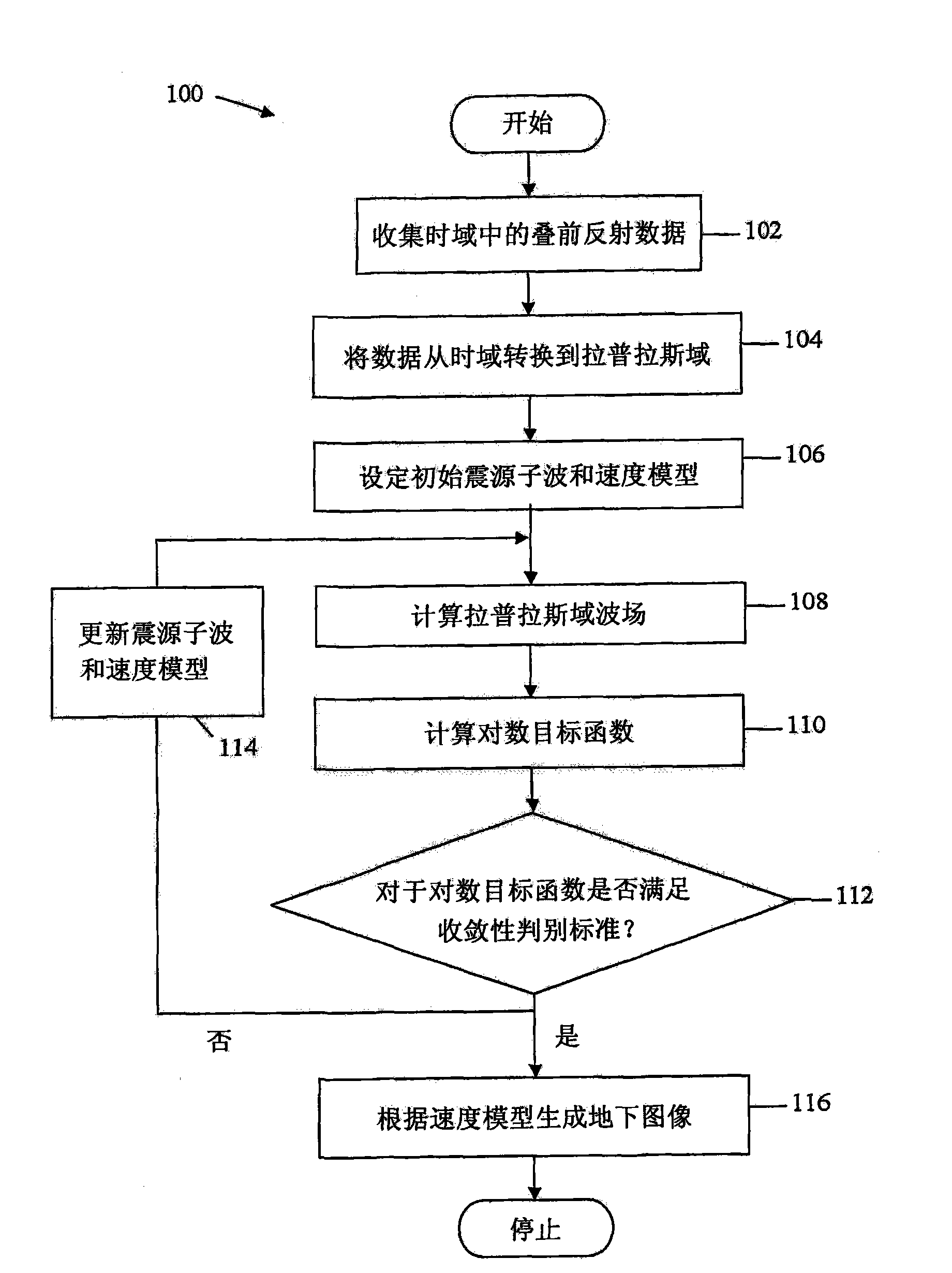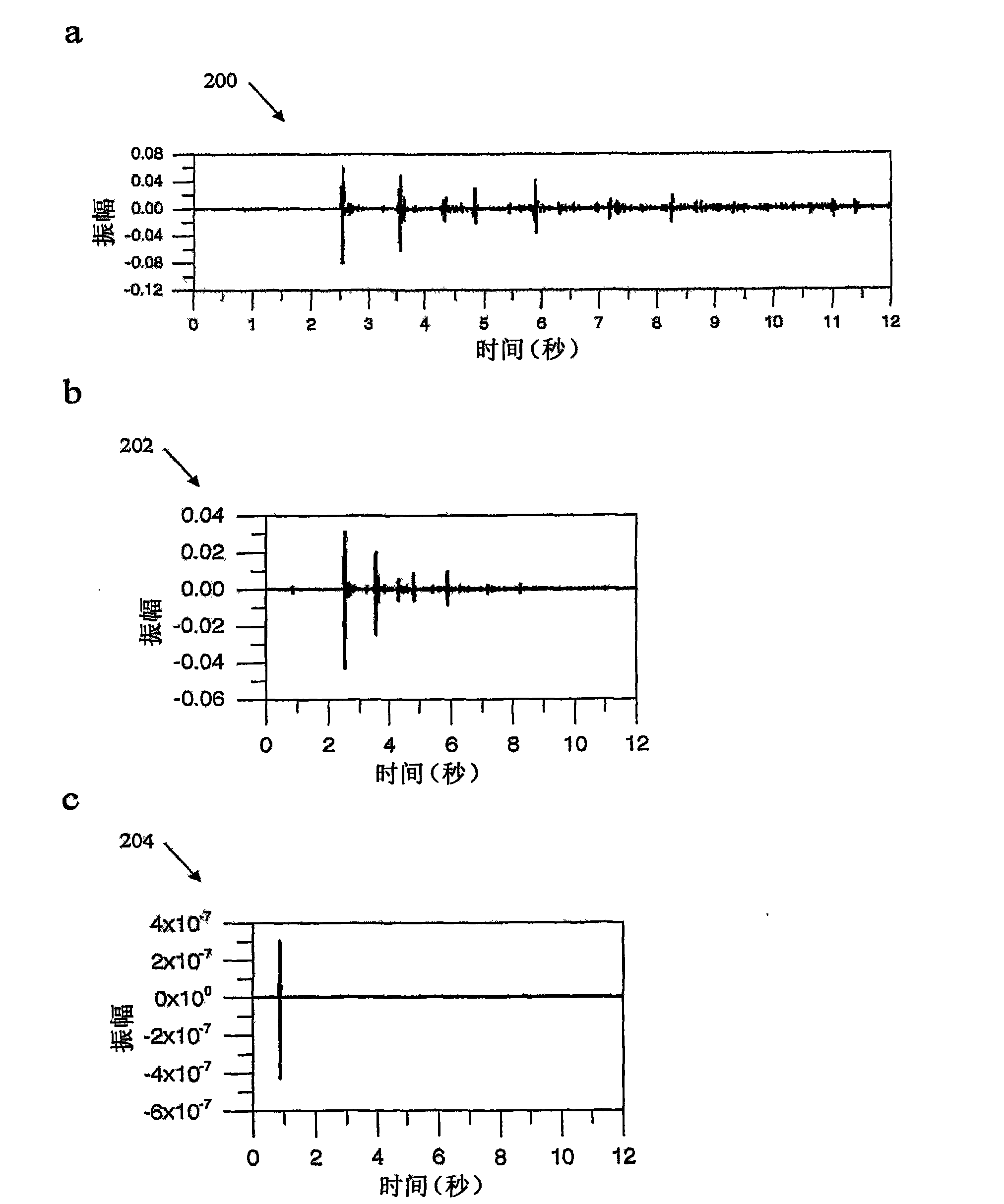Method for velocity analysis using waveform inversion in laplace domain for geophysical imaging
A technology of Laplace domain and Laplace transform, applied in the field of velocity analysis, can solve problems such as difficulty in obtaining long-wavelength velocity models, unclear successful implementation of waveform inversion of pre-stack reflection data, lack of low-frequency components, etc.
- Summary
- Abstract
- Description
- Claims
- Application Information
AI Technical Summary
Problems solved by technology
Method used
Image
Examples
Embodiment Construction
[0017] It should be understood at the outset that although an exemplary implementation of one or more embodiments is provided below, the disclosed systems and / or methods may be implemented using any number of techniques, whether currently known or in existence . The present disclosure should not be limited in any way to the exemplary implementations, drawings, and techniques shown below, including the exemplary designs and implementations shown and described herein, but rather should be limited within the scope of the appended claims and their The full range of equivalents is modified.
[0018] Disclosed herein is a waveform inversion method in the Laplace domain for building a subsurface velocity model from prestack reflection data. A wavefield in the Laplace domain may be equivalent to a zero frequency component or a frequency component close to zero of an evanescent wavefield in the time domain. Thus, wavefield inversion in the Laplace domain may share similar properties ...
PUM
 Login to View More
Login to View More Abstract
Description
Claims
Application Information
 Login to View More
Login to View More - R&D
- Intellectual Property
- Life Sciences
- Materials
- Tech Scout
- Unparalleled Data Quality
- Higher Quality Content
- 60% Fewer Hallucinations
Browse by: Latest US Patents, China's latest patents, Technical Efficacy Thesaurus, Application Domain, Technology Topic, Popular Technical Reports.
© 2025 PatSnap. All rights reserved.Legal|Privacy policy|Modern Slavery Act Transparency Statement|Sitemap|About US| Contact US: help@patsnap.com



